books: learn more

by Leonard Koren
Publisher: Stone Bridge Press; (1994)
Paperback: 96 pages
This is a slender volume, but a great introduction to the history of wabi sabi. The author does an admirable job in demystifying wabi sabi, dissecting and analyzing its characteristic features. Continue reading “wabisabi for artists, designers, poets & philosophers” »
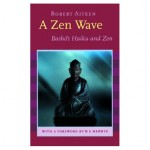
by Robert Aitken
Publisher: Shoemaker & Hoard; (2003)
Paperback: 192 pages
Bashō was not a student or priest of Zen Buddhism, but he did regularly stay in Zen temples on his pilgrimages and did wear the robes of a Buddhist. Aitken points out the many Zen qualities in Bashō’s haiku, and relates it to his own (and his students’) practice. This is also an interesting read for those intrigued with the process of translation: the author offers his insights into the subtle nuances (including the occasional pun), and context, of the original source. Continue reading “a zen wave: bashō’s haiku and zen” »
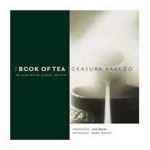
by Okakura Kakuzo, with an Introduction by Liza Dalby
Publisher: Tuttle; (2000)
Hardcover: 128 pages
Originally published in 1906, in English, this essay describes the tea ceremony— a tradition deeply connected to the wabi sabi way— to a Western audience. The book is attractively designed, and includes a helpful introduction by Liza Dalby. Continue reading “the book of tea” »
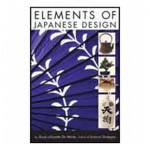
by Boyé Lafayette De Mente
Publisher: Tuttle; (2006)
Paperback: 142 pages
This is not specifically a book on wabi sabi, but rather it contains short entries on sixty-five key elements of Japanese design. Wabi and sabi are separate one to two page entries. Other entries include: wa (harmony); kaizen (continuous improvement); bonsai (miniature trees); and many more. A good overview of the history and culture behind these design concepts, by an expert on Japan. Continue reading “elements of japanese design” »
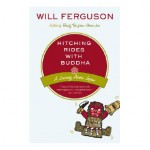
by Will Ferguson
Publisher: Knopf Canada; (2005)
Hardcover: 432 pages
Ferguson is a very funny writer. This book, about hitchhiking from the southern-tip to the northern-tip of Japan, has received many rave reviews. The writer is a keen observer, and doesn’t pull many punches.
The title of this book is also known as ‘Hokkaido Highway Blues’ in the U.S. and the U.K. Continue reading “hitching rides with buddha” »
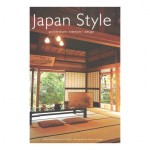
by Geeta Mehta & Kimie Tada, with photography by Noboru Murata
Publisher: Tuttle; (2005)
Hardcover: 224 pages
A wonderful homage to traditional Japanese house design, with hundreds of full-color photos (often filling one or two whole pages). The text cites the humble and rustic tea huts of the sixteenth century as the origin for many of the design elements that have influenced Japanese house interiors even to this day. Continue reading “japan style: architecture + interiors + design” »